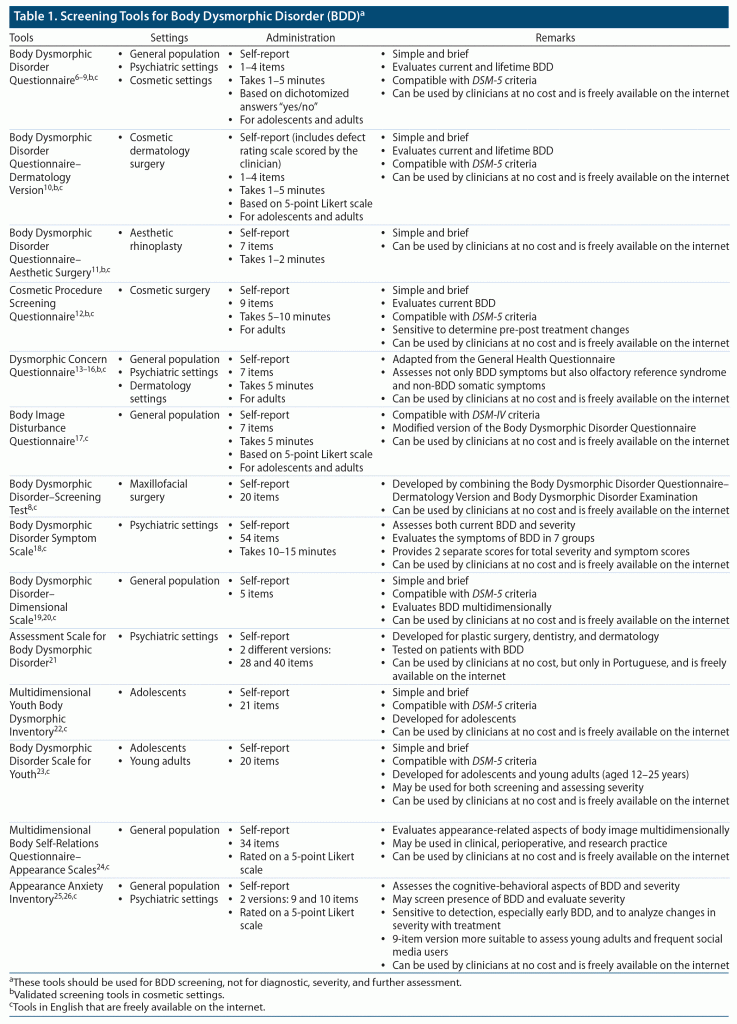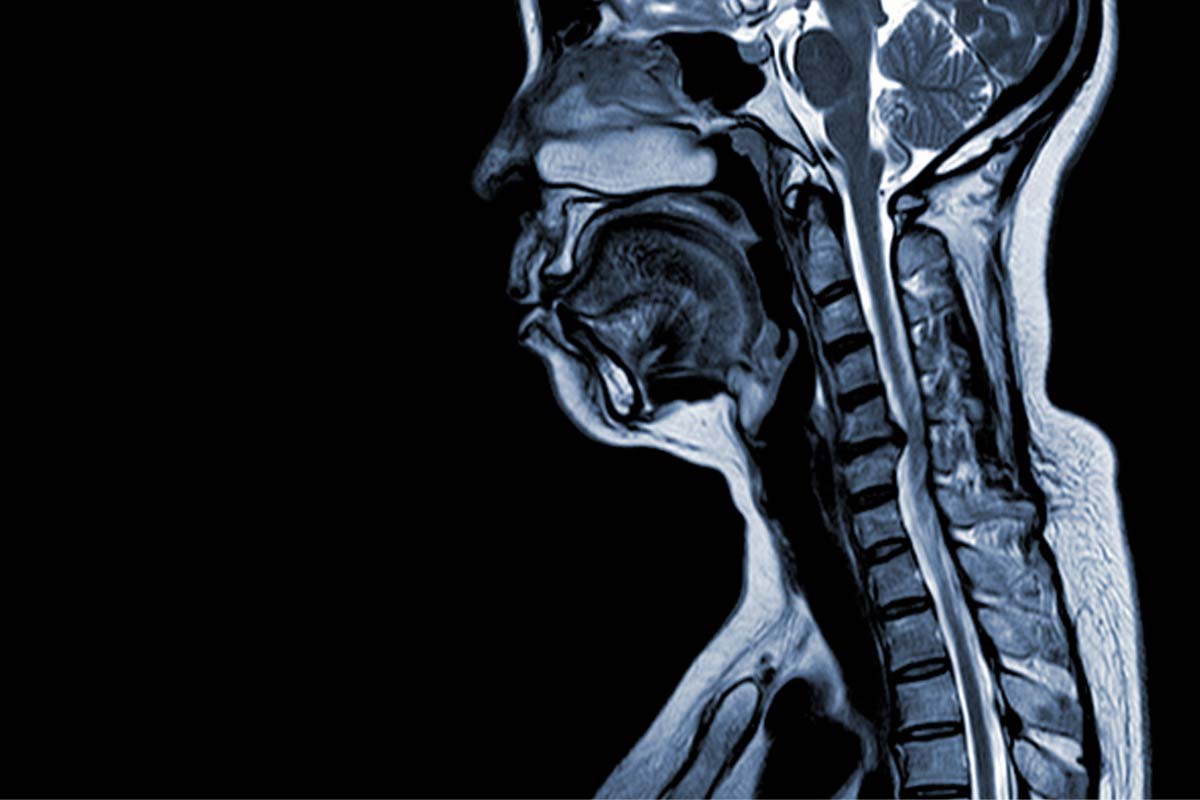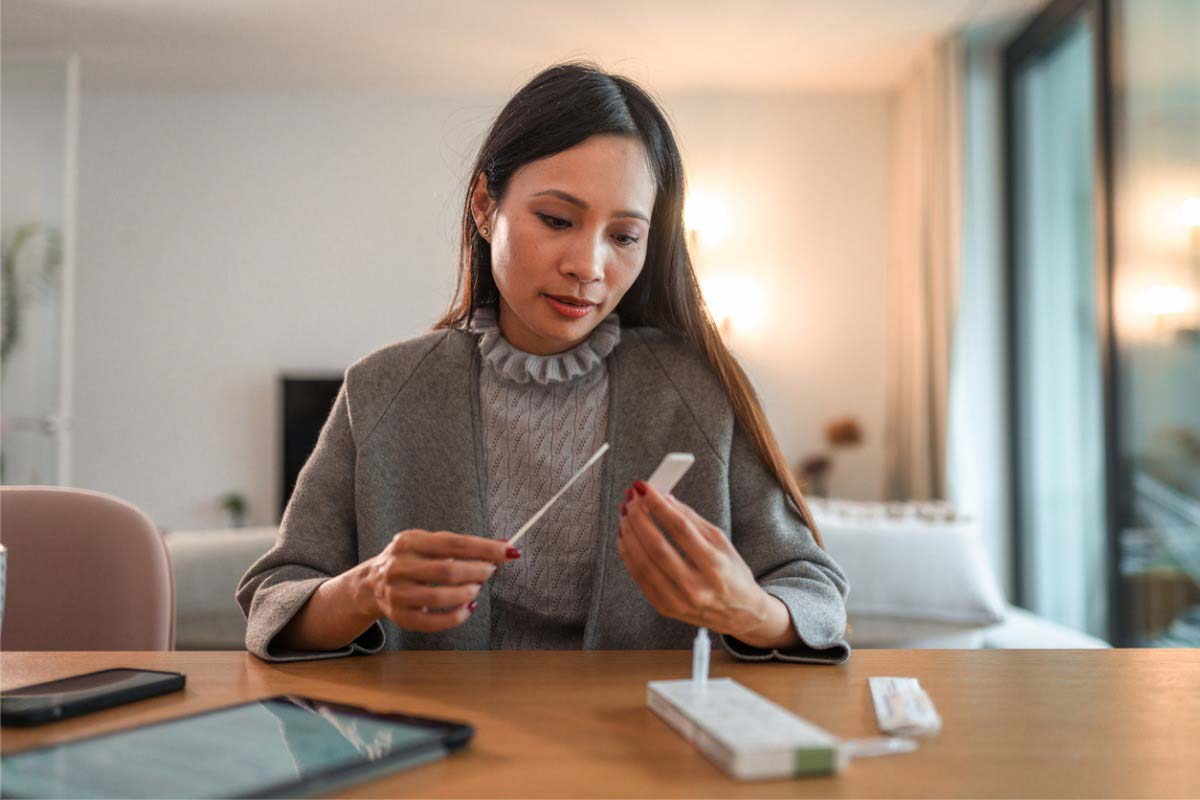
Prim Care Companion CNS Disord 2022;24(4):22br03294
To cite: Türk CB, Jafferany M. Zoom dysmorphia and increasing use of video technology: body dysmorphic disorder screening by telehealth. Prim Care Companion CNS Disord. 2022;24(4):22br03294.
To share: https://doi.org/10.4088/PCC.22br03294
© 2022 Physicians Postgraduate Press, Inc.
aDepartment of Dermatology, University of Health Sciences, Istanbul Training and Research Hospital, Istanbul, Turkey
bDepartment of Psychiatry, Central Michigan University, Saginaw, Michigan
*Corresponding author: Cemre Büşra Türk, MD, Department of Dermatology, Istanbul Training and Research Hospital, Kasap İlyas Mah Org Abdurrahman Nafiz Gürman Cd. PK:34098, Istanbul, Turkey ([email protected]).
See letter by Teodoro.
Telehealth is defined as providing and facilitating health care, health information, and educational services through telecommunication and digital communication technologies.1 A wide variety of technologies are currently being used, such as live videoconferencing, mobile health applications, remote patient monitoring, “store and forward” electronic transmission, text message, fax, e-mail, and telephone to provide telehealth services.1 Even before the coronavirus disease 2019 (COVID-19) pandemic, videoconferencing technology was used to provide health care services to patients in rural areas, inmates, and military personnel.1,2 However, with the advent of the COVID-19 pandemic, there has been a significant increase in the use of telehealth applications. In a recent study focusing on pandemic-based changes in US mental health care delivery, the authors3 reported increasing frequency of patients choosing telepsychology applications—up to 12 times more (85.33%) than the pre-pandemic level (7.07%).
The increasing use of videoconferencing applications has made individuals more concerned and anxious about their appearance. People became more aware of their looks as they started to see their faces on the screen for hours. They started comparing their appearance more with others because they could see images of others simultaneously on the screen. Despite the decrease in face-to-face patient examinations after the pandemic, > 50% of dermatologists state that cosmetic dermatology consultations have increased compared to pre-pandemic levels, and 82.7% report that their patients are not as satisfied with their appearance as before.4 Furthermore, 40% of individuals who were not interested in aesthetic procedures previously said that they sought aesthetic procedures after videoconferencing became more widespread.4
There are several options for using videoconferencing currently in practice. These applications are referred to as Zoom in everyday language and scientific literature. The concept of Zoom dysmorphia was discussed by Rice et al.5 It is defined as dissatisfaction with one’s own appearance secondary to the increasing use of Zoom in daily life and comparing one’s appearance with others and seeking cosmetic consultations.5 Prolonged Zoom dysmorphia may trigger development of body dysmorphic disorder (BDD) or may even worsen preexisting BDD.5 Considering the increasing demand for cosmetic applications after the pandemic and the possible effects of zoom dysmorphia on BDD, the probability of BDD patients presenting in cosmetic clinics may increase. Therefore, evaluation of patients for BDD is crucial, as BDD is considered a contraindication for major cosmetic procedures. Different screening tools for BDD in cosmetic settings are summarized in Table 1.6–26
Considering the pandemic restrictions, physicians in cosmetic settings may prefer telehealth applications for BDD screening before any potential procedure. Currently, the recommended method for telepsychiatry is videoconferencing systems with appropriate verification, privacy, and security parameters. With regard to BDD screening tools, the questions may be sent to the patients by e-mail, and the patient may answer these questions during the videoconference interviews. With this screening method, the physician has a general idea about the patient’s physical appearance concerns and can select patients who are suitable for the procedure remotely before meeting face to face. Establishing a BDD diagnosis is sometimes a challenge due to the patients’ lack of insight and embarrassment about their complaints. Although interviews via telehealth may not be equivalent to the ideal structured psychiatric examination, telehealth interactions can be a good start for screening patients for BDD before cosmetic procedures.
It is predicted that virtual visits and videoconferencing apps will continue even after the COVID-19 pandemic, and physicians will continue to use telehealth applications in appropriate patients or when necessary. More studies are warranted to assess and validate psychometric features and the validity of these screening questionnaires in telehealth settings.
Submitted: March 24, 2022; accepted June 22, 2022.
Published online: August 18, 2022.
Relevant financial relationships: None.
Funding/support: None.
ORCID: Cemre Büşra Türk: https://orcid.org/0000-0002-9731-4561; Mohammad Jafferany: https://orcid.org/0000-0001-6358-9068
References (26)

- NEJM Catalyst. What is telehealth? NEJM website. 2018;4(1). Accessed June 22, 2022. https://catalyst.nejm.org/doi/full/10.1056/CAT.18.0268
- Bashshur RL, Shannon GW, Bashshur N, et al. The empirical evidence for telemedicine interventions in mental disorders. Telemed J E Health. 2016;22(2):87–113. PubMed CrossRef
- Pierce BS, Perrin PB, Tyler CM, et al. The COVID-19 telepsychology revolution: a national study of pandemic-based changes in US mental health care delivery. Am Psychol. 2021;76(1):14–25. PubMed CrossRef
- Cristel RT, Demesh D, Dayan SH. Videoconferencing impact on facial appearance: looking beyond the COVID-19 pandemic. Facial Plast Surg Aesthet Med. 2020;22(4):238–239. PubMed CrossRef
- Rice SM, Graber E, Kourosh AS. A pandemic of dysmorphia: “zooming” into the perception of our appearance. Facial Plast Surg Aesthet Med. 2020;22(6):401–402. PubMed CrossRef
- Phillips KA. Diagnostic Instruments for Body Dysmorphic Disorder. New Research Programs and Abstracts: 57. Presented at the American Psychiatric Association 148th Annual Meeting. American Psychiatric Association; 1995.
- Vulink NC, Sigurdsson V, Kon M, et al. Body dysmorphic disorder in 3%–8% of patients in outpatient dermatology and plastic surgery clinics. Ned Tijdschr Geneeskd. 2006;150(2):97–100. PubMed
- Vulink NCC, Rosenberg A, Plooij JM, et al. Body dysmorphic disorder screening in maxillofacial outpatients presenting for orthognathic surgery. Int J Oral Maxillofac Surg. 2008;37(11):985–991. PubMed CrossRef
- Conrado LA, Hounie AG, Diniz JB, et al. Body dysmorphic disorder among dermatologic patients: prevalence and clinical features. J Am Acad Dermatol. 2010;63(2):235–243. PubMed CrossRef
- Dufresne RG, Phillips KA, Vittorio CC, et al. A screening questionnaire for body dysmorphic disorder in a cosmetic dermatologic surgery practice. Dermatol Surg. 2001;27(5):457–462. PubMed CrossRef
- Lekakis G, Picavet VA, Gabriëls L, et al. Body dysmorphic disorder in aesthetic rhinoplasty: validating a new screening tool. Laryngoscope. 2016;126(8):1739–1745. PubMed CrossRef
- Veale D, Ellison N, Werner TG, et al. Development of a Cosmetic Procedure Screening Questionnaire (COPS) for body dysmorphic disorder. J Plast Reconstr Aesthet Surg. 2012;65(4):530–532. PubMed CrossRef
- Oosthuizen P, Lambert T, Castle DJ. Dysmorphic concern: prevalence and associations with clinical variables. Aust N Z J Psychiatry. 1998;32(1):129–132. PubMed CrossRef
- Stangier U, Janich C, Adam-Schwebe S, et al. Screening for body dysmorphic disorder in dermatological outpatients. Dermatology and Psychosomatics. 2003;4(2):66–71. CrossRef
- Jorgensen L, Castle D, Roberts C, et al. A clinical validation of the Dysmorphic Concern Questionnaire. Aust N Z J Psychiatry. 2001;35(1):124–128. PubMed CrossRef
- Schieber K, Kollei I, de Zwaan M, et al. The Dysmorphic Concern Questionnaire in the German general population: psychometric properties and normative data. Aesthetic Plast Surg. 2018;42(5):1412–1420. PubMed CrossRef
- Cash TF, Phillips KA, Santos MT, et al. Measuring “negative body image”: validation of the Body Image Disturbance Questionnaire in a nonclinical population. Body Image. 2004;1(4):363–372. CrossRef
- Wilhelm S, Greenberg JL, Rosenfield E, et al. The Body Dysmorphic Disorder Symptom Scale: development and preliminary validation of a self-report scale of symptom specific dysfunction. Body Image. 2016;17:82–87. PubMed CrossRef
- LeBeau RT, Mischel ER, Simpson HB, et al. Preliminary assessment of obsessive-compulsive spectrum disorder scales for DSM-5. J Obsessive Compuls Relat Disord. 2013;2(2):114–118. CrossRef
- Macfarlane F, Luo A, Moses K, et al. Psychometric properties of the Body Dysmorphic Disorder‐Dimensional Scale. Clin Psychol. 2020;24(2):114–122. CrossRef
- Ramos KP, Yoshida EMP. Assessment Scale for Body Dysmorphic Disorder (AS-BDD): psychometric properties. Psicologia: Reflexão e Crítica. 2012;25:1–10. CrossRef
- Roberts C, Zimmer-Gembeck MJ, Farrell LJ. The Multidimensional Youth Body Dysmorphic Inventory: development and preliminary validation. Child Psychiatry Hum Dev. 2019;50(6):927–939. PubMed CrossRef
- Hanley SM, Bhullar N, Wootton BM. Development and initial validation of the Body Dysmorphic Disorder Scale for Youth. Clin Psychol. 2020;24(3):254–266. CrossRef
- Cash TF. MBSRQ Users’ Manual. 3rd revision. Body Images website. Accessed June 22, 2022. www.body-images.com
- Veale D, Eshkevari E, Kanakam N, et al. The Appearance Anxiety Inventory: validation of a process measure in the treatment of body dysmorphic disorder. Behav Cogn Psychother. 2014;42(5):605–616. PubMed CrossRef
- Roberts C, Zimmer-Gembeck MJ, Lavell C, et al. The Appearance Anxiety Inventory: factor structure and associations with appearance-based rejection sensitivity and social anxiety. J Obsessive Compuls Relat Disord. 2018;19:124–130. CrossRef
Please sign in or purchase this PDF for $40.





